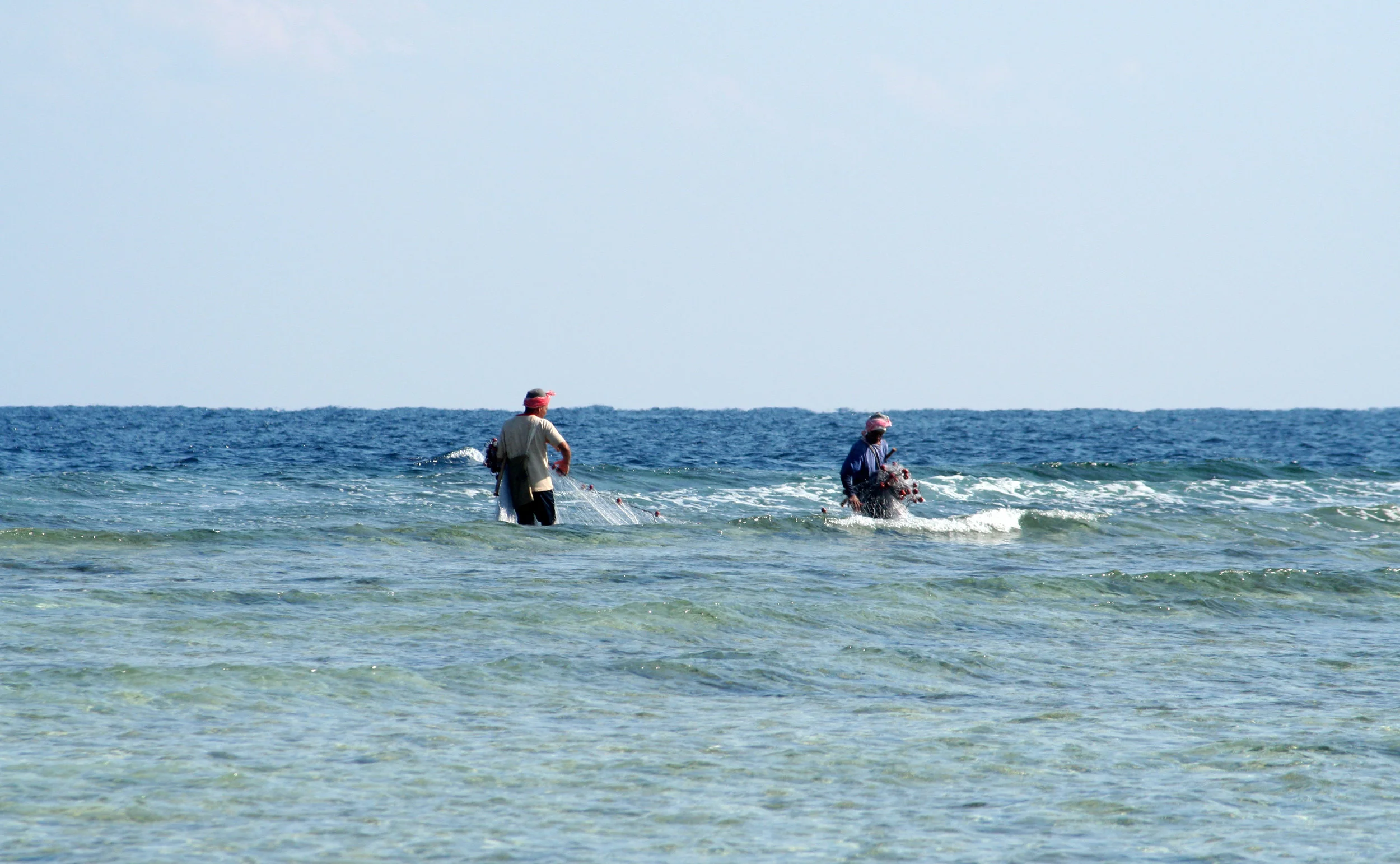Analytical approaches
MedAfrica is deliberately designed to be primarily desk/library/computer/laboratory-based for reasons both of viability under current deteriorating security conditions in some of the Southern Mediterranean regions, and the pressing intellectual need for interpretation, synthesis and resultant shaping of future research agendas.
QGIS Elaboration (GL, EC, AP)
Spatial analysis and big data modeling
We will initially collate and analyse, by linked relational database and GIS platform, all (a) existing chronometric evidence; (b) reliable available palaeoenvironmental and climate data; and (c) using standardised typological and other criteria, published information by site on principal cultural traits (in pottery, lithics, shell and structures), plus faunal and botanical remains by species and domestic/wild status. The programme of comprehensive data-gathering will begin to resolve how real the informational dearth from the 4th to early 1st millennium BC really is, and whether (and where) it reflects low archaeological visibility and/or prospection versus an absence, or reduction, of past activity during this period. Maritime coastal propensities and engagement with the Mediterranean sea will be initially examined by analysis, using GIS and associated tools, of the configurational conduciveness of north Africa’s coast to maritime activity and the creation of seafaring ‘nurseries’, vectoring in as fully as possible the impact of rising sea-levels until 4000 BC.
george pitt-rivers laboratory for bioarchaeology (photo: aude grazer ohara)
Functional analysis
Spreading of agriculture and the lack of any definitive evidence for a significant early dispersion of farming across the remainder of the Maghreb during the later 6th to 5th millennia BC will be investigated through functional analysis of groundstone tools from selected archaeological contexts located in particularly strategic areas of the North African littoral, such as the Nile delta, the Alboran region and the Cyrenaican coast.
museum of archaeology and anthropology, cambridge (photo: laure bonner)
Dating programme
A targeted dating programme will aim to resolve chronological uncertainties at a few key sites for which material is accessible (e.g. the Haua Fteah’s pre-Classical levels). The project will include a limited number of both 14C and TL dates; the latter’s relative chronometric imprecision is outweighed by the indeterminacy of current stylistic dating of local pottery from the region from the 3rd to 1st millennia BC.





